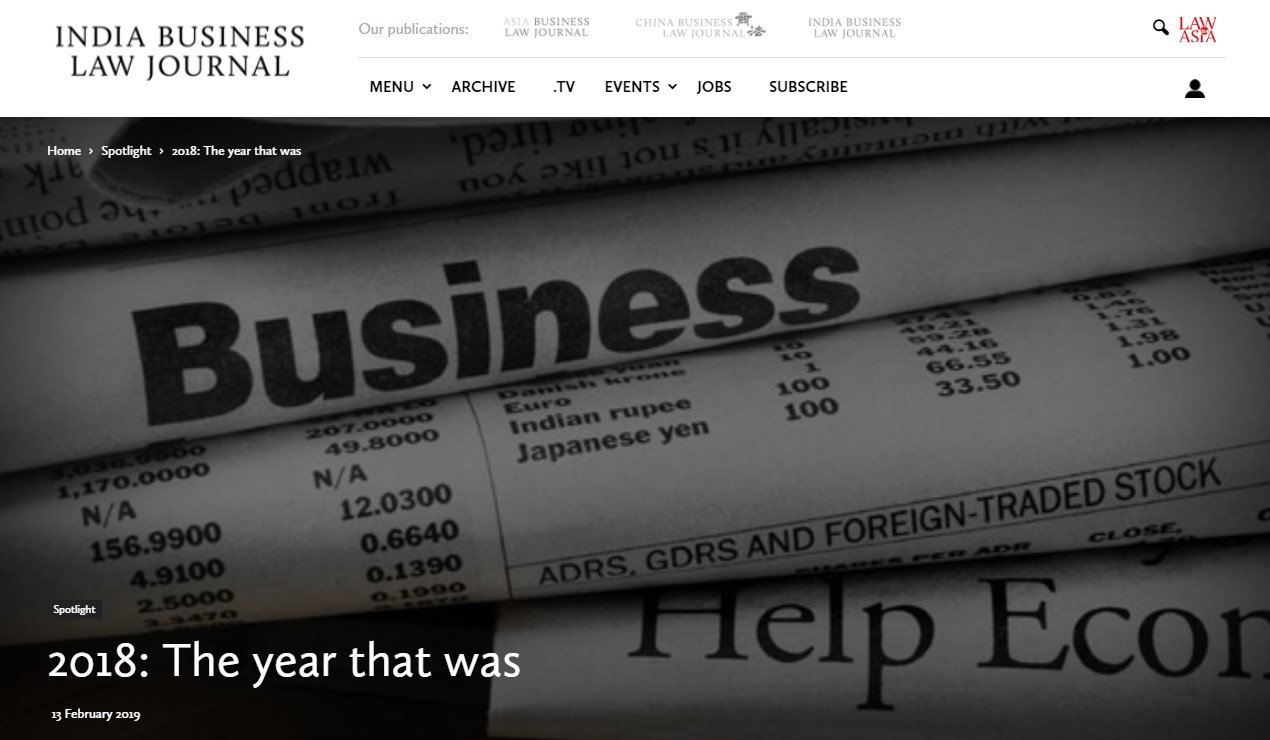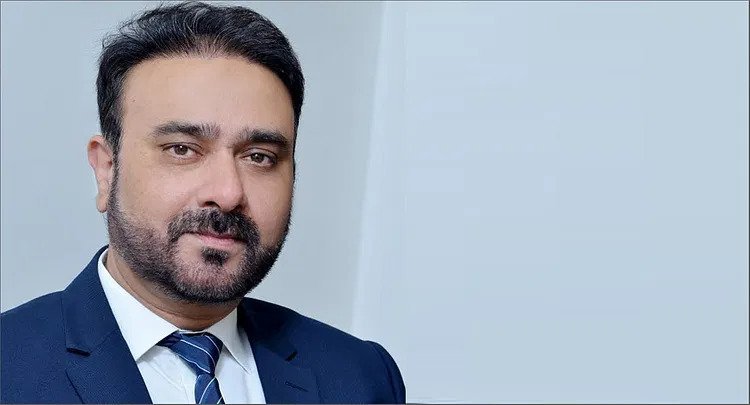If someone has given you some advice on LinkedIn or you have watched any videos or even paid for training, 90% was only about optimizing your LinkedIn Profile.
While it is important to have a strong LinkedIn profile, it is not that you will get the clients (In the same manner a great resume doesn’t get you a job – you have to go out and nail the interview that counts the most).
In this blog, I will tell you about the most proven 4 Lead Generation Strategies on LinkedIn that Actually Works.
Strategy 1: “Connect and Nurture”
1st strategy is the most advisable and the easiest way which you will hear from most LinkedIn experts i.e. Connect and Nurture Strategy.
What you do in this strategy is search on LinkedIn for your potential clients and you offer to connect with them with a tailored connection message with some common point between you and the client or you will mention some reason why you want to connect with them.
Once you have connected, you nurture them through an initial LinkedIn messaging – so you might send them a link to your Webinar, Video, or an article which will be useful for them. You get the conversation going and asking them few questions and at some time that may result to a phone call or email or may be a Face to face meeting.
There are three things you need to keep in mind while following this strategy:
- They need to be your high-value potential clients because you will personally be nurturing them and investing your lot of time on that one client/ person. It should be worth your while to get the ROI.
- The second important aspect is that they need to be open to that kind of nurturing. Some people love it and some people do not. There are plenty of industries like Law, CA, and CS that helps them in this strategy by building a strong personal relationships and they meet new people, they will build strong network around them that will eventually help them in getting business. On the other hand, many people are not and don’t value it, so you’ll have knock on a few windows and kiss few frogs before you built that relationship with them.
- The third suggestion you need to keep in mind that you yourself must be “go to person” and you must be best in it. Its an outreach strategy and many people feel reluctant or uncomfortable with the outreach. You have to master the art of having conversations via messaging – asking the right questions and of course, connecting over the phone or meeting them personally.
Personally, it works for me. As I enjoy meeting new people and building a strong relation with them. It does work tremendously well for most of the people.
Strategy 2: “Referrals”
The second strategy you use on LinkedIn is – referrals.
In this strategy you will be using LinkedIn as a card index of potential clients you can get introductions to and what you have to make sure you are connected with the strong people on LinkedIn which you feel will give you strong referrals – may be clients and ex-clients for the work great work you have done or you have been doing which they would be comfortable in referring you.
Afterwards you just do a LinkedIn search to identify the second set of connections, contacts of contacts who are your great prospects. You make sure to use the right set of filters to identify those prospects and when you will have the list which will highlight who are your mutual connects who you think will give you a good referrals then you simply ask them for that referrals.
This is different to the conventional referrals approach of going to someone to ask for referrals and kind of saying “Do you know anyone who works for the Investor – Startup relationship?” That kind of thing where you will make them to all the hard work in finding or thinking about the person. But if you use LinkedIn, then you can say “oh I spotted on LinkedIn you’re connected to Iliana Sharma of Sharma & Ventures. If you were me how do you go about getting in touch with them?”
Strategy 3: LinkedIn Content Marketing
The third strategy – which is LinkedIn Content Marketing. Usage of LinkedIn has really changed in the past few years with a lot of improvement in the usability.
Nowadays a lot of people try to equip themselves with the interesting news and the content. The first think comes in their mind is LinkedIn. They go and see their newsfeed scrolling through the articles to see if there’s anything interesting to the topic and what that means is content marketing on LinkedIn which is proving to be most effective and people who are sharing those content are highly qualified and keep that expertise on the topic.
So if you scroll through your newsfeed the major thing you’ll notice is there are a lot of posts with images and links to external article and stuff like that which have only got zero engagement or one or two likes at the most. But if you’ll see there you will find a post with 50 of comments and 100 of likes and at the backend with thousands of views. In other words, the person who wrote that content and getting a lot of traction is the one in the mind of thousands of people who follow him and his content and read it because they find some value addition to them.
The LinkedIn algorithm changes all the time. Right now, it is favouring pure text-only posts. So, if you look down in your newsfeed, you’ll find most of the posts with a lot of traction are primarily with the text only or they are bite-size videos directly uploaded on LinkedIn.
Write a good post in 1300 words especially where you can capture people’s attention with something kind of emotionally absorbing in first few words because usually the first few lines are appeared on the top of the feed before they expand to read the whole content. If you provide them with a content in the story format it attracts the maximum attention and engagement.
Likewise, if you are putting a video and you ask a question more likely it will result in people commenting on that video post. If you garner the traffic in the initial few hours then LinkedIn sees that the people have more interest in such content or the topic and it starts spreading it more and more and you can get a kind of mini-viral effect. Now this is dependent on your connection that you are connected to the right set of people parallelly which are your potential clients who are seeing that content.
There is a lot more to talk about content marketing on LinkedIn and I will come back to that another day.
Strategy 4: LinkedIn Advertising
The last and the final strategy is LinkedIn Advertising. LinkedIn advertising is advance with direct ROI. LinkedIn is expensive then Facebook but gives you the direct result. The targeting criteria on LinkedIn which is majorly based on demographics and firmographics (who someone works for, their job title, their level of seniority, the number of people in the company etc). If you can utilize the criteria and target your clients really well then you can do best with the LinkedIn Advertising. I tested on a couple of occasions. The last time I tested it was something like a four hundred percent ROI within a couple of weeks for me in terms of people then going to a sign-up page signing up and a number of them then signing up for my paid programs so LinkedIn advertising can work well.
These are the four proven strategies. Four of them work but depends upon case to case basis. Example, if you have high-value potential clients you should go down the connect and nurture or may be referrals. If you have a product or service to sell where you need large number of people you should go for content marketing or the advertising.





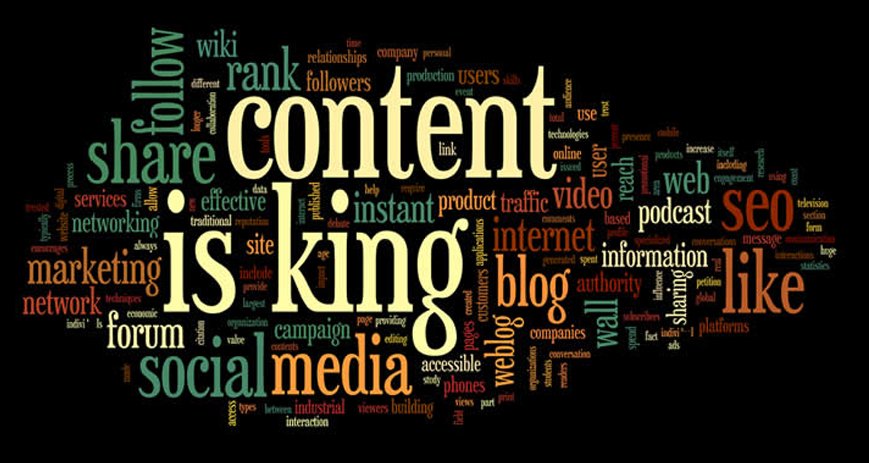 Content is king
Content is king Big disruptor
Big disruptor

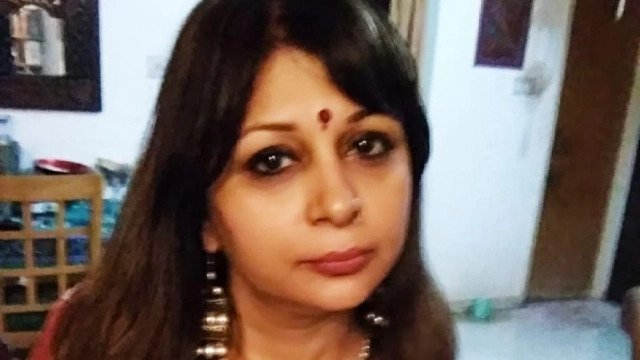
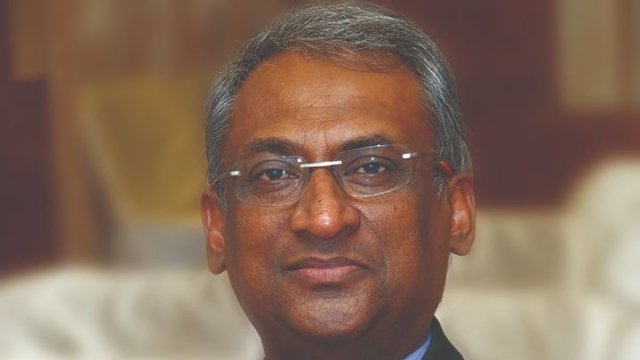
 Aman Abbas
Aman Abbas